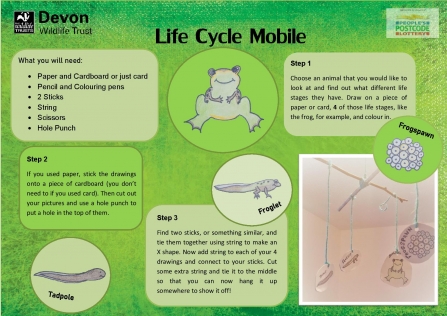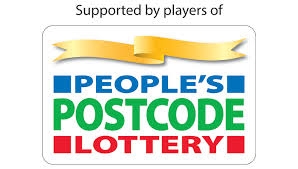
Common frog. Photo, Mark Hamblin/2020VISION
Freshwater Friends
What does Freshwater mean?
Freshwater habitats are places that have water that isn't from the sea (saltwater). Ponds and rivers are perfect examples of a freshwater habitat. The wildlife that lives here is normally very different to the wildlife that lives in the sea. Most creatues and plants in freshwater cannot survive in the salty waters!
Ponds can be full of wildlife. From amphibians like frogs and newts to dragonfly larvae and diving beetles. Rivers can have the same but also lots of other wildlife like otters, fish and even beavers (in Devon at least!) In this section we'll provide some fun activities to help you discover this world under water.
Freshwater Identification Guides
General Pond Guide
Pond Minibeasts
Freshwater Fish
UK Amphibians

Great-crested newt
What is an amphibian?
An amphibian is an animal that lives both in and out of water like frogs and newts. They usually lay their eggs in or around water because the young can only live in water at first. A baby amphibian usually has gills to breathe (like fish!) and therefore can't go out of the water. When they beocome adults they loose thier gills and have lungs like you and I, or they breathe through their skin! The adults can then come onto land to catch their food, like slugs and spiders!
Discover and Explore
Life cycle of a frog
- During early Spring eggs are laid that are called frogspawn.
- Eggs soon start to hatch, into tadpoles, and are tiny creatures with a long tail.
- The tadpoles will then start to grow their back legs first.
- Then the front legs will start to grow and their tail will start to get shorter.
- When they have all 4 legs and only a tiny tail they are called a froglet.
- Now its mid summer the frogs should be fully grown into an adult.
Try our activity below on making your own life cycle mobile. You could even choose a differennt creature's life cycle to look into!

Pond dipping
There's lots to explore in a pond, use our guides above! You can also try this if you live near a stream where the water isn't deep or running fast. Don't go into the water just carefully dip your net in from the edge of the water, sometimes laying down helps - Always make sure you are with an adult when you are pond/stream dipping. Don't have the equipment? Why not just spend time looking closely at the water and see what you can see! Have a go at drawing some of the wildlife instead.
Make your own net
Have a go at making your own net - remember to ask an adult before ripping up your own tights!
Make a mini pond
Don't have space or time to make a big pond? Well small ones are just as good, and are a really good project for the whole family to do. Once finished, make sure you regularly check your pond for any wildlife, it won't happen straight away but over time they'll come!
Other things to make
Other things to help our Freshwater Friends

Thanks to Player's of the Peoples Postcode Lottery for supporting the production of these online resources
Join the Conversation
Everyday we are posting ideas for things to do on our Facebook page. If you've taken part in any of these activities, take a photo and get an adult to share it with us and help inspire others to get involved!







